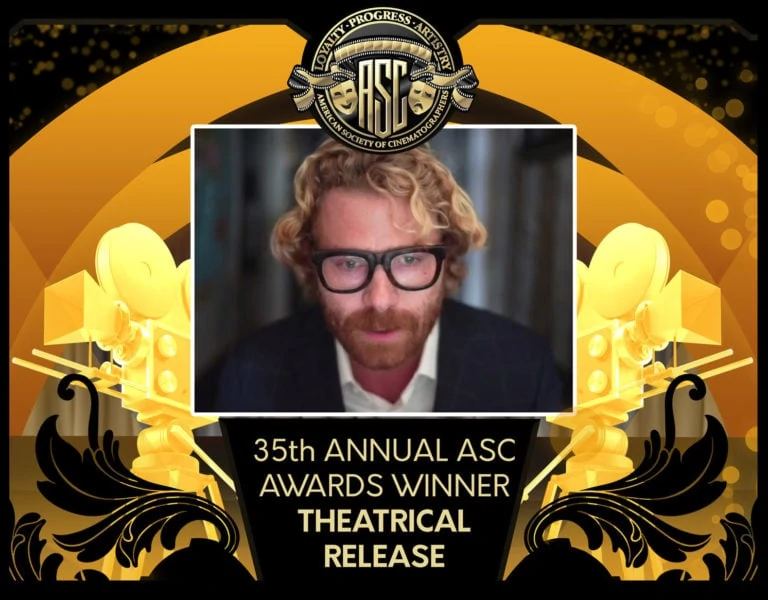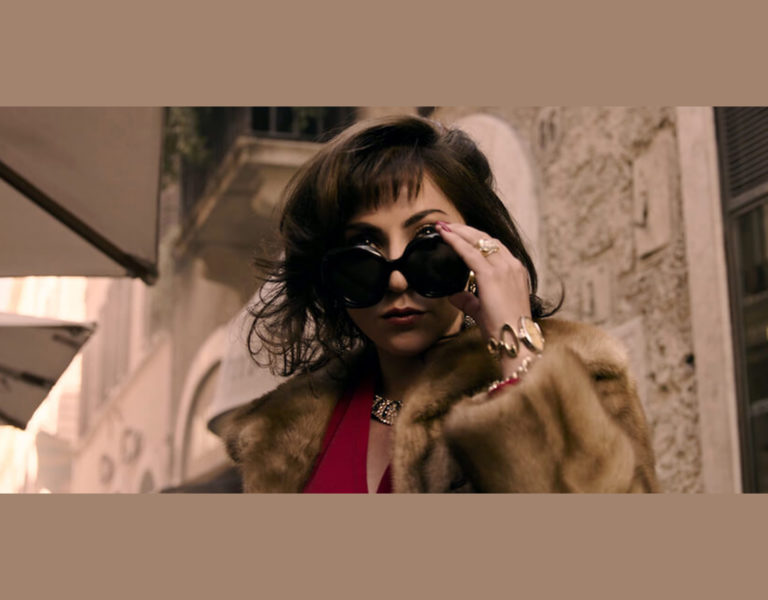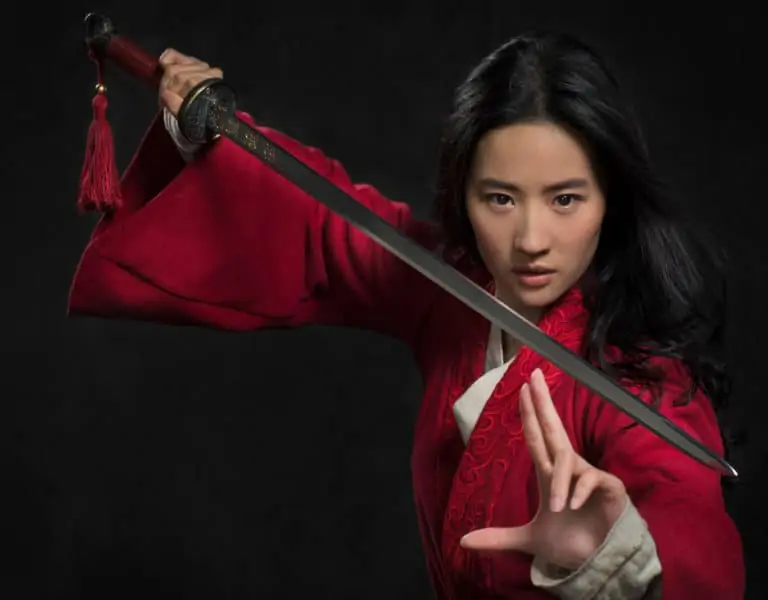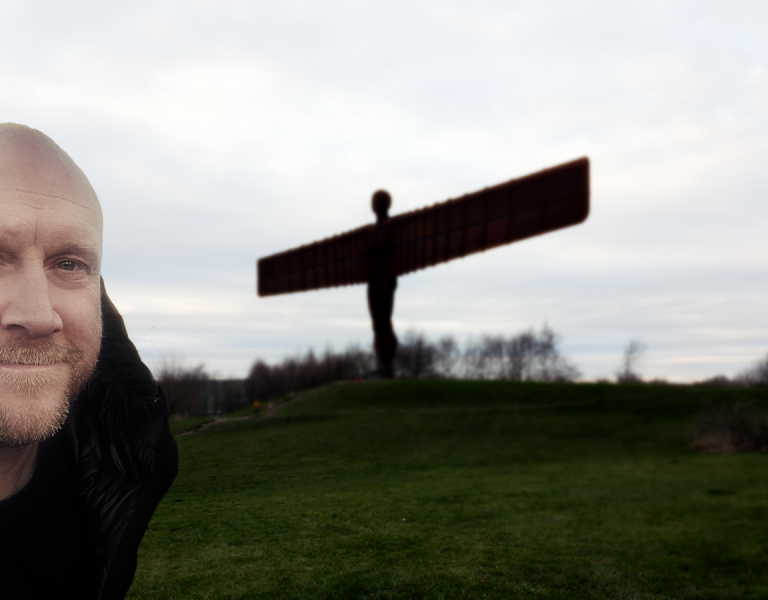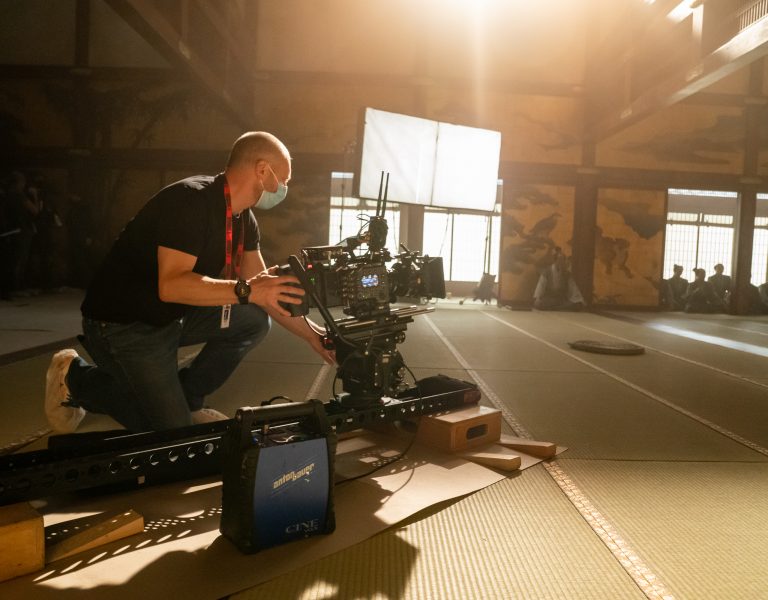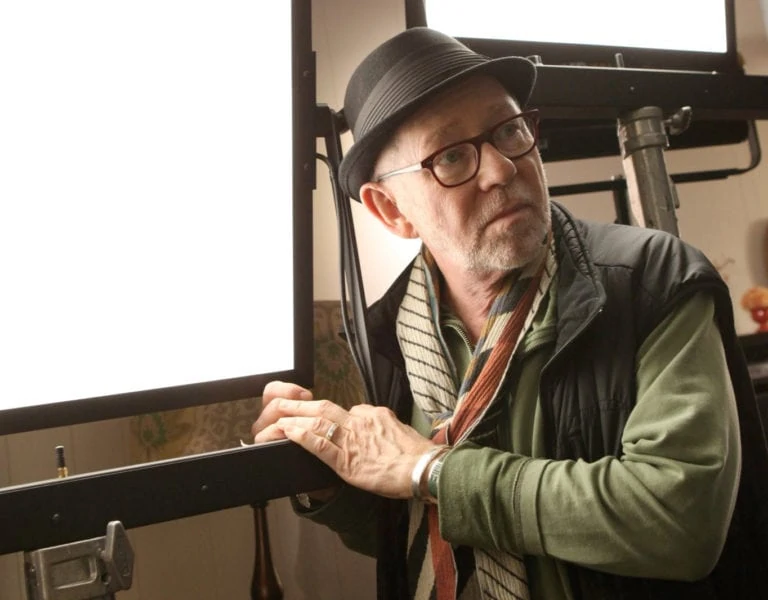SIGNS OF LIFE
Female representation in the superhero realm has been lacking both on and off-camera, but Echo’s powerful protagonist and its cinematographers’ work mark a seismic shift.
As the first Deaf, indigenous and amputee character in the Marvel Cinematic Universe, it’s an understatement to say that Maya Lopez is not your typical superhero. After her on-screen debut in 2021’s Hawkeye, she earned a dedicated Disney+ spinoff series this year, with Alaqua Cox reprising her role as the plucky protagonist.
Echo follows Lopez as she returns to her hometown to reconnect with her Native American roots, all the while being pursued by fearsome Wilson “Kingpin” Fisk and his criminal empire. It’s a cat-and-mouse game that builds up to some tremendous set pieces, including a showdown at a retro roller rink and another at a powwow, told through both English and American Sign Language (ASL).

Inclusivity was at the heart of the production: Deaf staff were involved in almost every aspect of the process (Cox herself is Deaf) and much of the crew took ASL classes before filming. How to frame the sign language shots was a key talking point between lead cinematographer Kira Kelly ASC (episodes one, two, four and five) and director Sydney Freeland.
“We wanted to make sure that if a Deaf viewer was watching, they wouldn’t need to rely on subtitles,” Kelly explains. “ASL isn’t only your hands – it’s your facial expressions and your body movements. We really wanted to make sure that we had frames that were wide enough to show that, yet intimate enough for the times when we would have gone for classic close-ups.”

Street-level show
Kelly (Y: the Last Man, Insecure, 13th) joined Echo after her previous project with Freeland, shooting at the heart of the Navajo Nation, was postponed due to the coronavirus outbreak. “When I read the script for Echo, I thought it was an incredible story,” she recalls. “Maya is this Native American female character who’s Deaf and has a prosthesis, and still does all of this incredible stuff.”
From the very beginning, Freeland’s vision for Echo’s visuals was very grounded; a “street-level show”, as Kelly describes it. The cinematographer mentions Freeland’s love for saturation and how she wanted to lean into that, especially for the scenes in Lopez’s hometown, while grey and cooler tones are chosen for the New York scenes.
During prep, in autumn 2021, Freeland and Kelly visited the Choctaw Nation for research and were able to experience a powwow and game of stickball (seen in the show in a fantastic opening sequence). “Authentic representation was really important for Sydney,” Kelly adds.

Kelly undertook thorough kit tests, especially when it came to capturing the ASL portions of the narrative appropriately. These tests included framing the subject with really long lenses and tilting down from their face to their hands. “But we realised it’s like an incomplete thought,” she muses. “You really need to have [the facial expressions and signs] all in one frame.”
The ARRI Alexa Mini was the winner of a camera shoot-out for the cinematographer thanks to its rendering of skin tones and “beautiful” fall-off in the highlights. Lens-wise, she turned to Panavision’s Dan Sasaki to work his magic on a set of custom T-Series optics, using the brand’s Macro Anamorphic Primes (MAP) as a touchstone. Although she likes lenses with character, she also had to be mindful of the VFX involved with a Marvel production.

“[MAPs] are softer lenses with really gorgeous flares, beautiful quality and great fall-off. What I love about them most is that you don’t get the traditional blue line when you flare when shooting with some anamorphic lenses. What’s great about the MAPs is that line takes on the same colour as the source.”
For episode two’s fast-paced stickball sequence – a flashback to 13th-century Alabama – H Series spherical lenses were used. “That whole scene is shot on the 12mm lens because we wanted to play with getting very close to the action – putting the camera right in people’s faces and moving with them,” Kelly says. “We were playing with a little bit of warping to create the look for that scene.”

Infrared inspiration
Another fantastic flashback takes place at the beginning of episode three. Magdalena Górka ASC PSC (Star Trek: Strange New Worlds, Into the Night) was at the helm with director Catriona McKenzie, and viewers are transported to the late 1800s in a Western-style sequence introducing one of Maya’s ancestors, Tuklo. Tuklo’s father is ambushed by criminals but his daughter manages to rescue him.
“I was researching how to make this sequence look whimsical and otherworldly but without being too in-your-face,” says Górka about her prep for the sequence. “I wanted to pick a look where when viewers are watching it, they feel like something is different but can’t really pinpoint what it is.”

She researched Native American photography which often used gelatine silver prints; very dense images with a low grain and a painting-like quality to them. Then she stumbled upon some old infrared photography and was compelled to replicate that look.
“I’m very proud of this infrared sequence – that we managed to do it and Marvel trusted us to make it work,” she says. “I thought it would have to be shot in colour because infrared cameras are colour cameras.
“We took an infrared camera and desaturated it to get black-and-white, but realised it was a very low-contrast picture. So, we started experimenting with filters to add contrast and settled on a red filter.”

Although she tested black-and-white cameras such as the RED Komodo Monochrome and Alexa with IR filters, she eventually settled on using dedicated infrared camera Panavision Millennium DXL with KipperTie OLPFs. “We found that a RED filter works great on IR DXL, and we kept it to add extra contrast,” she adds. An old film feel was later added to the footage in post.
The DP recalls the challenges of the weather in Georgia and how the inclement conditions could have hindered the infrared shoot. “When we were starting the infrared photography, I really needed a sun so everything gains a punch and the sky and foliage look different. If it’s overcast, the infrared capture doesn’t work so vividly. You really need strong sunlight to get the best infrared effects. If the light isn’t strong, you’ll find that many of your images have a soft appearance. Thankfully we got a sun on that day but that was a challenge.”

Nights and lights
Kelly’s career journey began as an electrician, then a gaffer, so “lighting is my happy place,” she admits. She recalls the challenges of lighting the powwow in episode five: “It was a fairground that was 600 by 250 feet and we were shooting in every direction for multiple nights, so it was about trying to work with that.”
Kelly and her gaffer, Bob Bates, and key grip, Rudy Covarrubias, ended up setting up a huge construction crane with a 30x30ft moon box, full of SkyPanels and magic cloth, for the ambience of the area directly over the powwow. This was complemented by accent lights, such as Vortexes attached to big posts, Cobra heads lighting the car park and four condors with S360s. “It was a huge setup which was really fun to achieve and great work between production design and lighting.”

The skating scenes were shot at a real roller rink. “We changed out almost every overhead light in there for lights that we could control, RGB-wise, and dim. We also put neon tape everywhere on the walls so you can see the different colours that shift.”
Kelly was involved in the grade, undertaken by Marvel colourist Matt Watson, throughout. Watson had created a show LUT but the DP asked him to darken it by around two-thirds of a stop to make sure the show’s frequent night exteriors weren’t too “crunchy”. She continues: “I like my night exteriors to have a bit of softness to them, even in the deepest shadows. I try to overexpose that when I’m shooting, so when I later bring it all down, it doesn’t get those crispy edges.”
Marvel has one of the most passionate fanbases out there and Kelly – whose work also includes additional photography on Shang-Chi and the Legend of the Ten Rings – admits she felt a little bit of pressure to pull off the show at first. “But I realised once we actually started shooting, it was wonderful – it was like any other job but you have so much more support. All the concerns in the beginning melted away when we started shooting. It was pretty awesome.”
